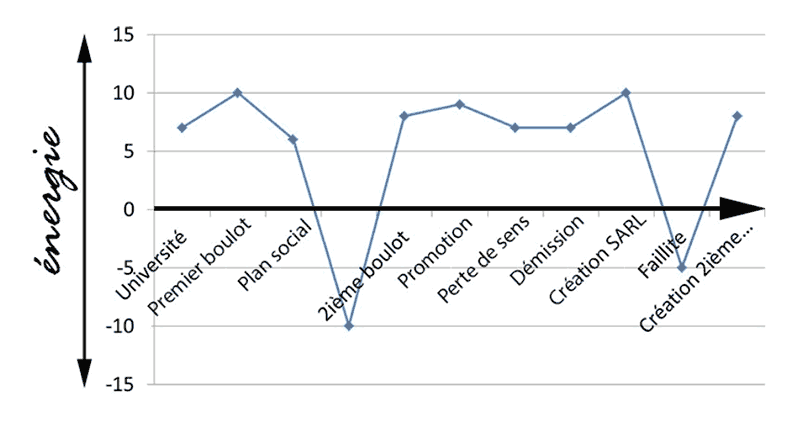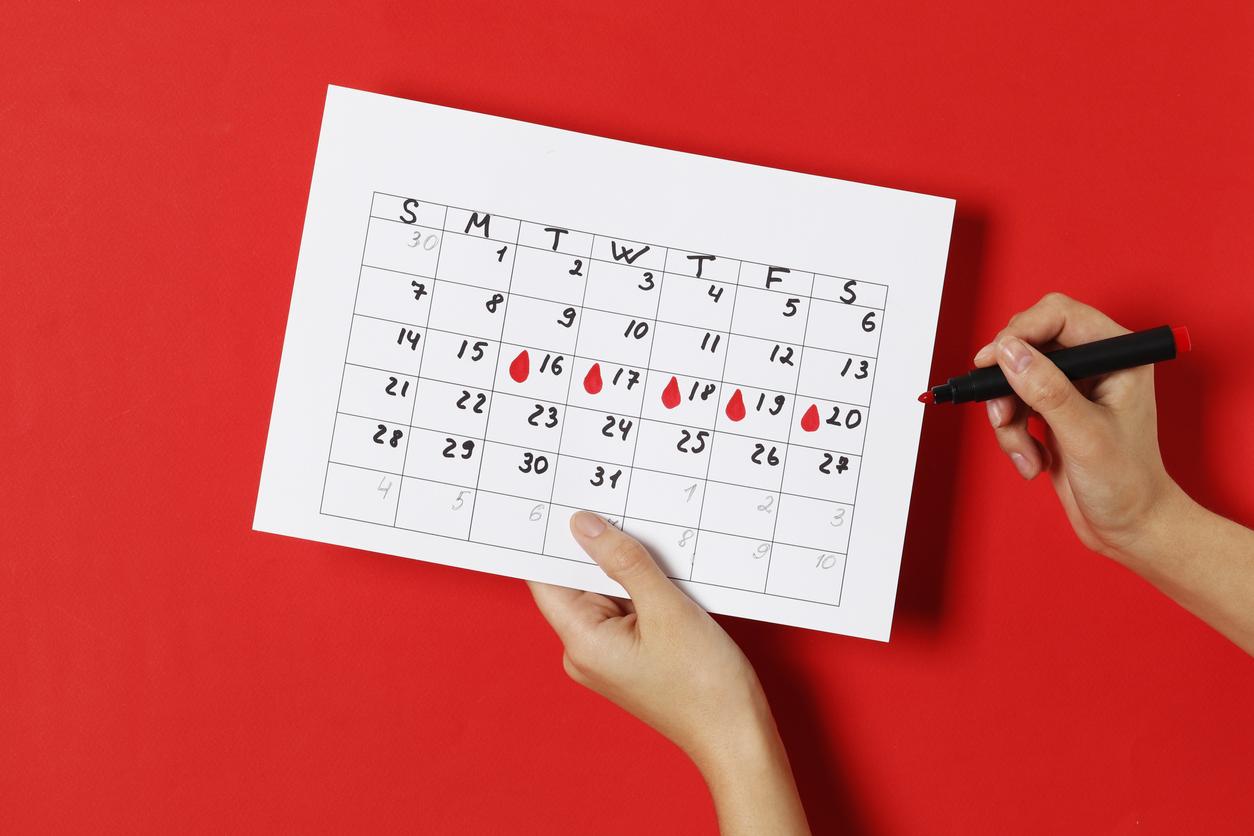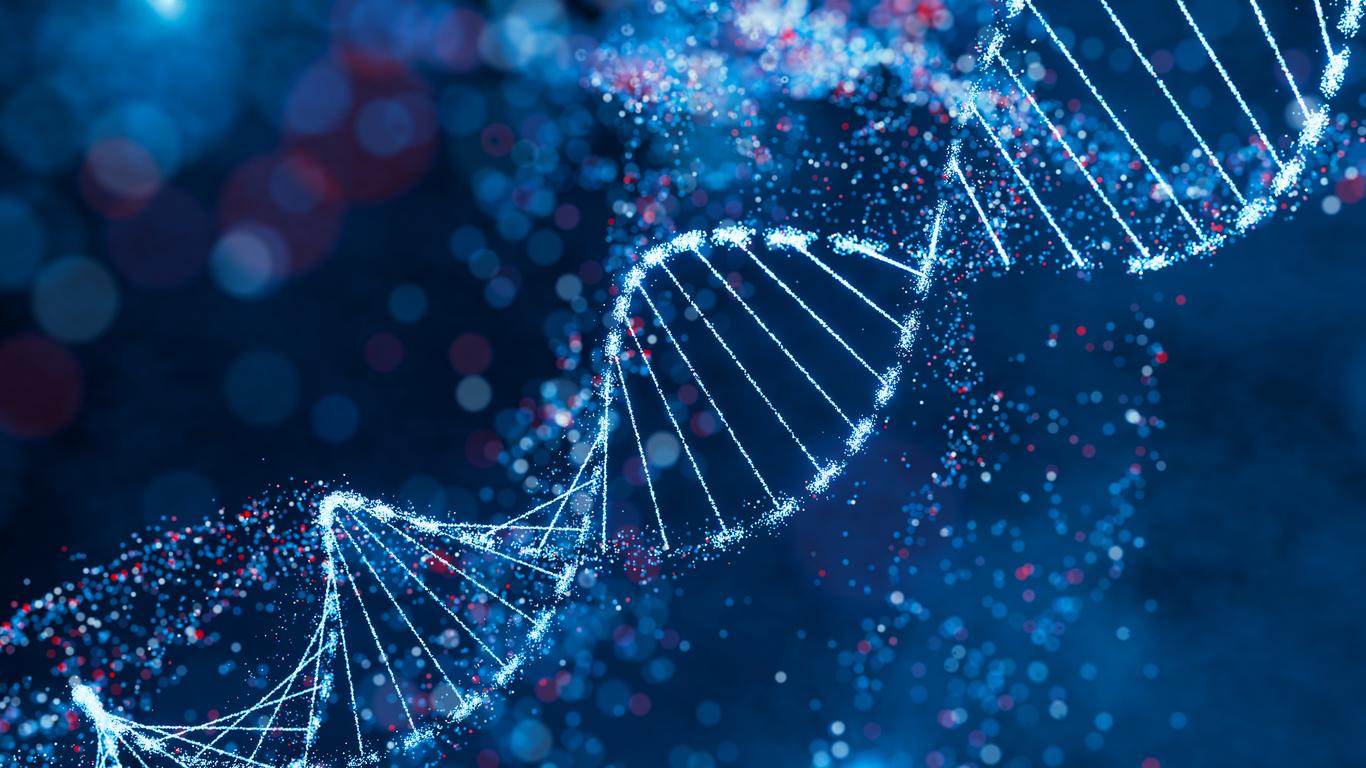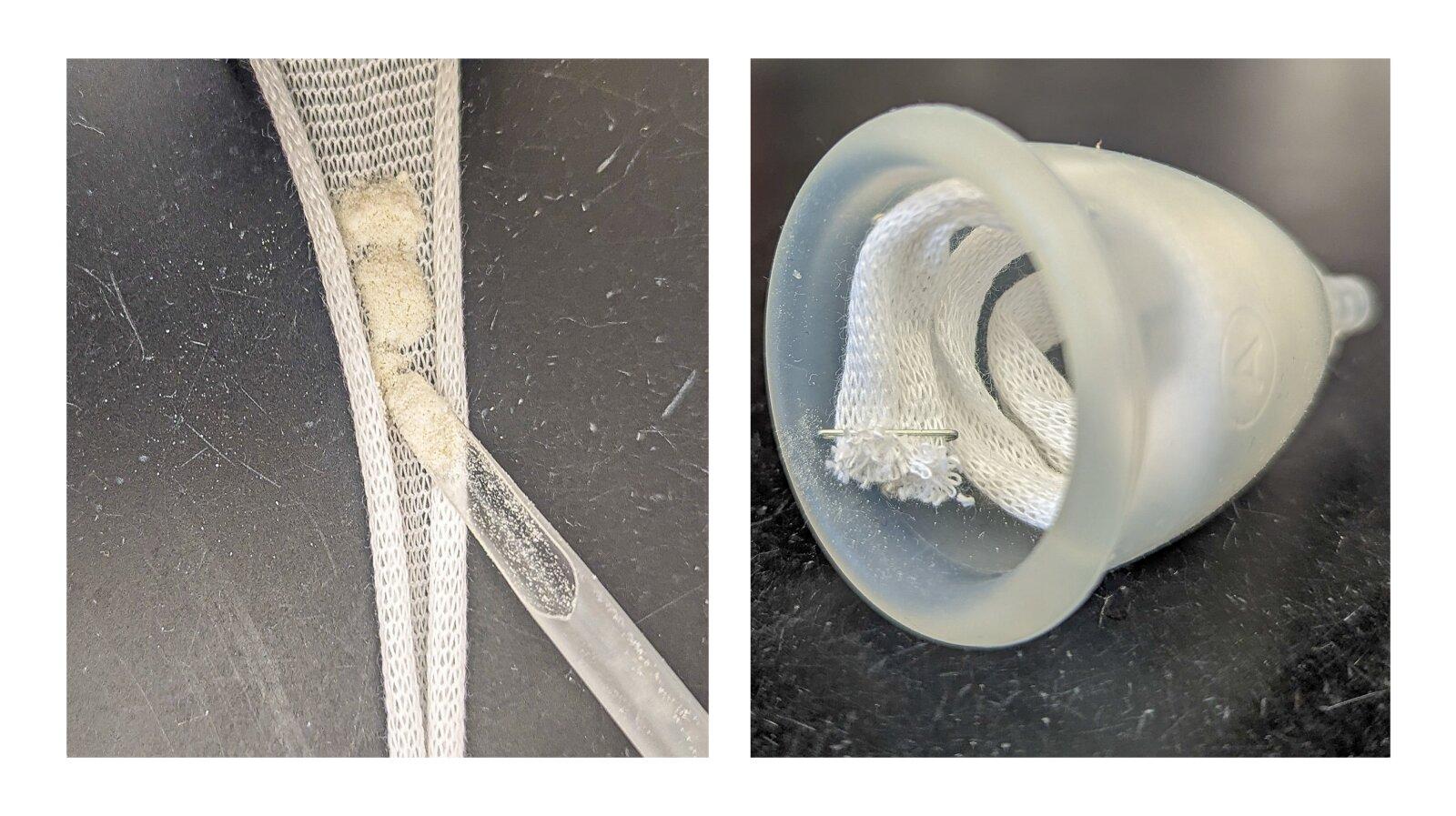Dietetics is one of the pillars of traditional Chinese medicine (TCM) along with acupuncture, pharmacopoeia, massage and qi gong. “It is not the best known therapeutic tool and yet, with the pharmacopoeia, it is one of the most important, the one that solves problems in the majority of cases”, underlines Cédric Sebti, practitioner in traditional Chinese medicine.
The goal of Chinese dietetics is above all preventive: to live as long as possible in good health. It also has a curative purpose which requires knowing the therapeutic virtues of food. “When they have a health concern, the Chinese are used to adding food and plants to their plate, it’s cultural, even if unfortunately this tends to be lost with the arrival of junk food”, observes the specialist.
>> The main principles: A fundamental concept of Chinese thought, yin and yang are two opposing and complementary principles (like shadow and light), always in motion, mutually engendering each other in a cyclical manner. On the food side, yin is fresh, cold, bitter, acid, salty, soft and humidifying; yang is lukewarm, hot, sweet, pungent, hard, drying. People with a rather yin constitution (chilled, pale, calm, soft stools, tendency to overweight) will benefit from “yanguizing” their plate. Those who are more yang (sensation of heat, agitation, tendency to extroversion, dry mouth, constipation) will have to “yinize” it more.
What is “digestive fire”?
“The spleen/stomach couple is central to the approach to Chinese dietetics. The stomach is like a cauldron which receives food that will be reduced to a pulp thanks to the yang of the spleen which is like a fire under the cauldron”, explains Richard Zagorski, specialist in Chinese dietetics and herbal medicine. The spleen moves nutrients up the body, the stomach moves waste products down the intestine. The two movements are linked and balance each other. If one is disturbed, the other will be too. “The spleen prefers dryness and the stomach moisture, which means that we must always keep a fair measure in our diet and eat neither too dry, nor too hot, nor too wet, nor too cold”, adds the expert.
For a diet that aims to be “energetic”, the quality and freshness of a food, the vitality it conveys, are essential parameters. This can be felt, like a fruit picked when ripe, colorful and juicy, a vegetable just torn from the ground, or even a fish that has just been caught, firm and shiny. To enjoy the benefits of foods, it is important to choose them local, seasonal and as little processed as possible. “Out of season cultivation, on devitalized soils, irradiation, excessive refining, microwave cooking… decrease the vitality of food, indicates Richard Zagorski. In the West, we do not take this parameter enough into account. Prepared meals are of poor energy quality, they push us to eat more to obtain the same amount of energy. “
Breakfast, to wake up energy
No question of skipping this meal, essential to “relaunch the machine”. The right foods: a hot drink (coffee, tea, infusion) without sugar which promotes digestion, cereals with a low glycemic index (leavened bread, cereal flakes) which provide energy throughout the morning, a salty note (egg, ham) to wake up the kidneys, organs of innate energy, which supply the spleen and the stomach with yang. Raw fruits, which tend to ferment with other foods, should preferably be taken away from meals.
- Mistakes to avoid: French-style breakfast, with white bread, jam, orange juice. It brings too much sugar and processed foods which are not nourishing and lead to sweet cravings in the morning. “Sweet products and dairy products cause a production of pathogenic humidity and a drop in energy. Beware also of fruit juices which create digestive disorders and fatigue”, warns Richard Zagorski.
Lunch, the main meal of the day
“I recommend doing like the Chinese and adopting the single plate, advises Florence Dardaine, a practitioner of traditional Chinese medicine. Starters should be avoided, as they often consist of either charcuterie (too fatty), or raw vegetables, which weaken the energy of the spleen from the start of the meal due to their cold nature. To be well balanced, the single plate must include 50% cooked vegetables, 30% cereals and/or legumes and 20% meat or fish .” In Asia, it is the meat that accompanies the vegetables and not the opposite.
- Mistakes to avoid: when there is little time to eat, lunch is often rushed, taken in by stress, resulting in fatigue and nibbling in the afternoon. But also poor digestion, even reflux and bloating. Finally, “a cold meal (sandwich, salad, dairy, etc.) is not recommended. This requires a lot of effort on the digestive fire and in the long run risks causing fatigue and weight problems”, points out Richard Zagorski.
Dinner, light and rich in vegetables
We must give pride of place to cooked vegetables: soups, pies, sautéed vegetables… “Here too, we can adopt the single plate with 60% cooked vegetables and 40% cereals and/or pulses”, indicates Florence Dardaine. Hot foods such as meat should be avoided in the evening.
- Mistakes to avoid: too many people rush breakfast, don’t take the time to have a proper midday break and, as a result, arrive hungry for dinner and make it the main meal of the day. This is a big mistake, because in the evening, the digestive fire is weak and our needs limited, since we are going to bed. In addition, an overly hearty dinner risks cutting the appetite at breakfast and therefore unbalancing the whole day of the next day.Np
Our Experts:
- Richard Zagorski, specialist in Chinese dietetics and herbal medicine, trainer and lecturer
- Cédric Sebti, practitioner of traditional Chinese medicine and shiatsu in Bordeaux
- Florence Dardaine, practitioner of traditional Chinese medicine in La Baule
Read also :
- How do you know if you’re really hungry?
- Breakfast: the calories match
- 12 ideas to eat less sugar every day
























